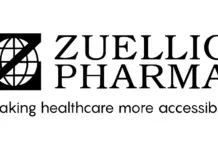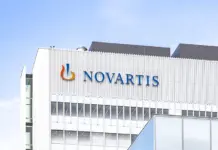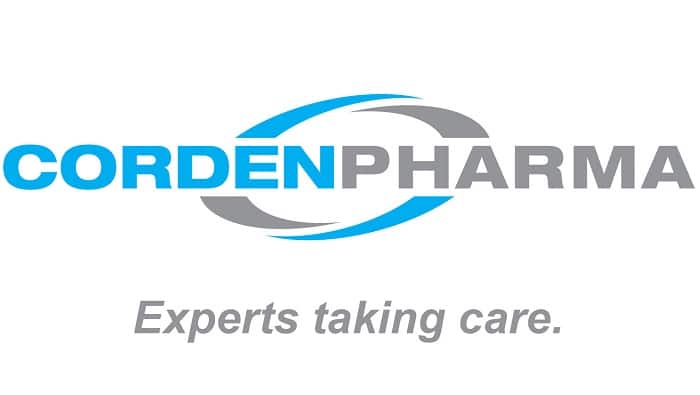In recent years, interest in oligonucleotide therapeutics has resurged, as new approaches, clinical applications, advances in delivery, and a deeper biological understanding of these compounds emerge. However, expectations have been largely unfulfi lled, as only three oligonucleotide drugs have been approved by the FDA for use in the United States as of August 2017.
Today, more than 200 clinical trials are registered at ClinicalTrials.gov, and as of 2016, more than 10,000 patients will have been treated with oligonucleotide drugs (1). Further, more than 120 companies globally are active in therapeutic oligo development,(2) with the global market for nucleic acid aptamers expected to reach about $5.4 billion by 2019. As a result, Contract Development & Manufacturing Organizations (CDMOs) with expertise in this fi eld, such as CordenPharma, are experiencing increased demand for these services. However, while the outlook is positive, signifi cant challenges remain.
WHAT’S DRIVING THE INTEREST IN OLIGONUCLEOTIDES?
The reinvigoration of the oligonucleotide field stems in part from advances in backbone chemistry and discoveries of novel therapeutic pathways uniquely modulated by oligonucleotides, i.e. genetic diseases and cancer, for which an increasing number of molecular targets are being identified. Furthermore, oligonucleotides can be designed with the use of Watson-Crick base-pairing rules to act on almost any target that otherwise would be “undruggable” by small-molecule or monoclonal antibodies.
Another attractive feature of oligonucleotide therapeutics is their specificity to target sites and direct application of genomic information in the design of drugs. By interfering with the RNA function, specific malfunctioning genes can be targeted, manipulated, silenced or modulated.
KEY CHALLENGES OF OLIGONUCLEOTIDE DEVELOPMENT
The effective use of oligonucleotides has been limited, based primarily on three key issues: drug development, drug delivery, and regulatory guidelines.
Drug Development Challenges
Oligonucleotides are a diverse class of therapeutics, which vary in structure, molecular weight and size. Compared to small molecules, nucleic acid drugs are larger, have different physical properties, and are amorphous rather than crystalline. They are also complex to synthesize, requiring many more chemical transformations than a small molecule. Analytical challenges also exist, such as groups of impurities, requiring complex methods (3). Another significant issue in oligonucleotide chemical development is the optimization of chemical architectures to ensure long-term safety. Although multiple designs enable effective targeting of the liver, developing designs that enable robust clinical efficacy in other tissues has been difficult.
Drug Delivery
Effective delivery of oligonucleotides in vivo remains a challenge, especially at extra-hepatic sites. Because of their large molecular size and charge, these compounds are poorly taken up by cells and therefore may not reach their intended target. Also, nucleic acids are broken down by endonucleases in the bloodstream and within cells, making systemic delivery of naked molecules ineffective. While chemical modifications can help antisense oligonucleotides resist this degradation, siRNAs used for RNAi-based therapies are much less stable.
A range of innovative approaches and technologies are emerging to address the challenge of drug delivery, such as chemical modification. However, highly effective methods (broadly applied) without significant toxicity have not been achieved. Ligand oligonucleotide conjugates may offer the greatest potential for development. Their relatively small size assures a broad biodistribution, and offers very precise targeting to particular cells or tissues.
Lipid and polymer-based nanocarriers remain effective for oligonucleotide delivery. Lipid formulation of siRNAs has been a mainstay of siRNA delivery since the first demonstration of RNAi in human cells, and advances in lipid chemistry have substantially enhanced the efficacy and therapeutic index of formulated siRNAs. Notably, several lipid-formulated siRNAs have moved ahead clinically. Liposomal-based drug delivery systems have successfully been used to deliver siRNA and antisense oligonucleotides to cells (4).
More recently, the strategy for delivering oligonucleotide therapeutics has changed from non-specific uptake, to targeted delivery (5). This new approach exploits the potential for certain extracellular receptors to promote cellular internalization of receptor-bound ligands. As explained by Khvorova, (6) therapeutic oligonucleotides are conjugated to a triantennary N-acetylgalactosamine (GalNAc) moiety, which is recognized by a high-capacity asialoglycoprotein receptor expressed on hepatocytes, which is abundant in hepatocytes (~0.5 million– 1 million copies per cell) and quickly recycled (15 min). The concept of using trivalent GalNAc clusters for drug delivery to hepatocytes was first shown in 1987, and for oligonucleotide delivery in 1995, but it took almost two decades of development for GalNAc-conjugated oligonucleotides to reach the current level of clinical excitement.
The Regulatory Divide
Since oligonucleotide drugs fall between small and large-molecule biologics, this creates challenges for both regulators and manufacturers. Oligos, which are chemically synthesized compounds, are similar to small-molecule manufacture, but their interaction in vivo is more typical of biologics. Therefore, they require tailored solutions based on the unique characteristics of the molecules, rather than a universal solution for targeting and cell uptake, making regulatory guidelines difficult to create (7).
In addition to the lack of specific regulations, the FDA and EMA disagree as to how oligonucleotides should be regulated. The FDA classifies these drugs as small molecules, and are under CDER jurisdiction. The EMA prefers a centralized prodedure rather than the “mutual recognition” procedure, allowing for marketing authorization throughout the European Union.
CONCLUSION: A POSITIVE OUTLOOK
Although there remain some challenges, the outlook for oligonucleotide therapeutics is extremely promising. We are seeing more companies and exciting therapeutic compounds entering into the development pipeline, and experienced CDMOs such as CordenPharma are seeing a surge in demand.

























